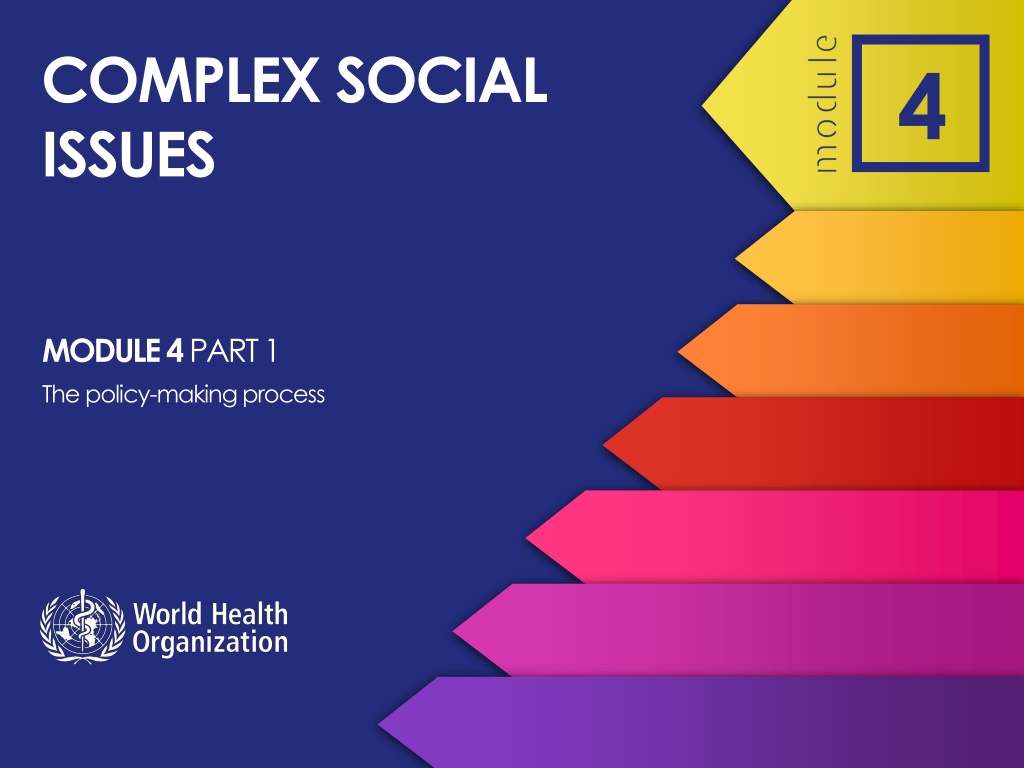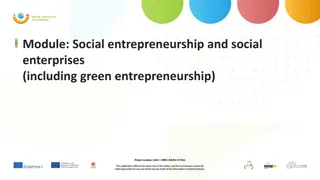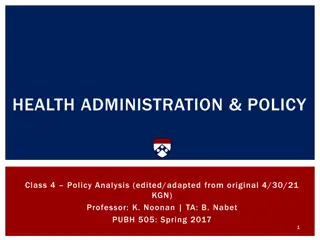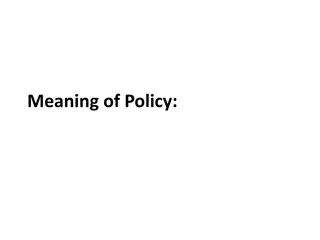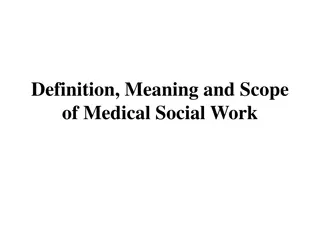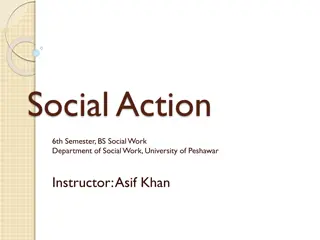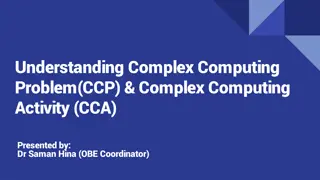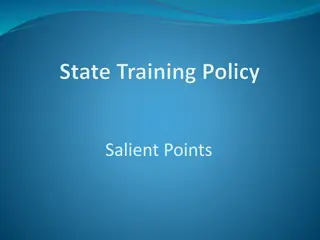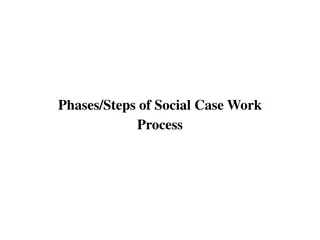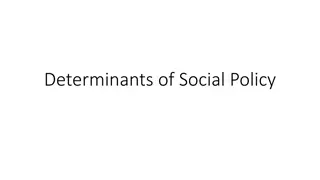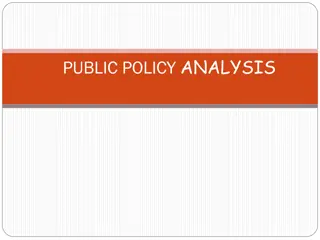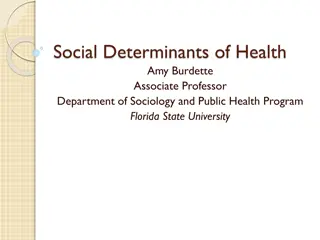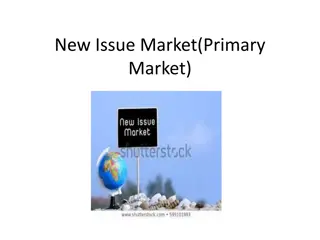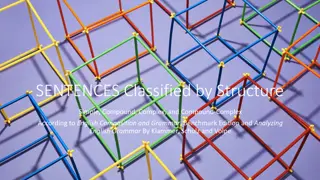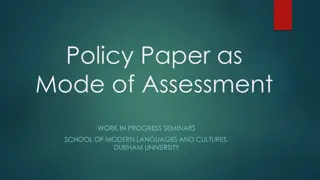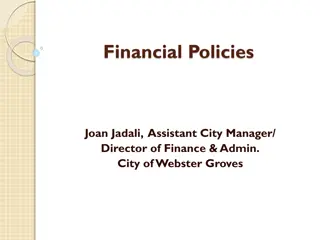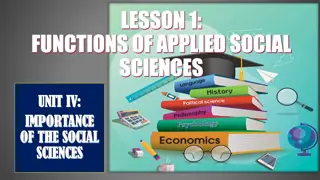Understanding Policy Making for Complex Social Issues
Recognize the complexity of social issues and the need for strategic, collaborative approaches in policy-making. Learn how to address wicked problems like obesity through Health in All Policies thinking. Explore the challenges of complex, complicated, disorder, and chaotic problems. Gain insights into the obesity system map and the characteristics of wicked problems that involve multiple actors and unclear solutions. Discover the importance of contextual analysis in tackling public health challenges.
Download Presentation

Please find below an Image/Link to download the presentation.
The content on the website is provided AS IS for your information and personal use only. It may not be sold, licensed, or shared on other websites without obtaining consent from the author. Download presentation by click this link. If you encounter any issues during the download, it is possible that the publisher has removed the file from their server.
E N D
Presentation Transcript
COMPLEX SOCIAL ISSUES 4 MODULE 4 PART 1 The policy-making process
LEARNING OBJECTIVES 4 Recognize that complex problems require complex solutions 1 Have been able to successfully apply Health in All Policies thinking to the problem of obesity 2
WICKED PROBLEMS 4 Complex social issues: causes are not always clear, the solutions are not straightforward and there are many actors involved. These issues are described as messy , fuzzy or wicked . For example: health inequality and NCDs such as cancer, cardiovascular disease and mental illness.
THE EXAMPLE OF OBESITY 4 The complex combination of factors behind obesity the obesity system map Source: Butland B et al. (2007) Tackling Obesities: Future Choices. London, Government Office for Science, p. 90.
4 PROBLEM TYPES COMPLEX COMPLICATED Cause and effect may be identifiable in retrospect, but may be unlikely to conform with prior expectations of how things work. Interventions must be flexible as outcomes may be unforeseen. Cause and effect may be unclear at the time, but can be inferred using data, analysis and expert knowledge. Once understood, rules for intervention can be defined and followed. DISORDER CHAOTIC SIMPLE Cause and effect relationships may be speculated in retrospect, but cannot be validated. Interventions must be approached as a learning exercise: act, sense, then revise if necessary. Cause and effect is predictable and the appropriate response to definable situations can be codified in standard Operating Procedures which then drive interventions.
ADDRESSING WICKED PROBLEMS USING PUBLIC POLICY 4 Strategic, collaborative approach to policy-making. Mind-set that increasingly public health problems are not suited to easy solutions there are no quick fixes. Wicked problems require: A range of trade-offs; A tolerance for ambiguity and for uncertainty; An opportunities driven approach; and A good contextual analysis.
End of Module 4 Part 1 Please continue to Module 4 Part 2
